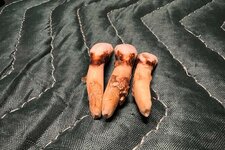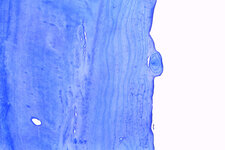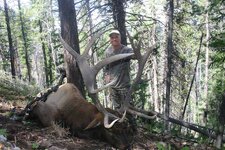HunterGatherer
WKR
Utah requires elk hunters to send in teeth for aging so that they can determine age of the animals harvested to see if they are hitting management objectives for age. I sent my bull teeth off a few weeks ago.
4 years ago, I assisted some friends on a Utah elk hunters and they both killed nice bulls - one 320 and the other almost 340. They were clearly not the same age, based on teeth wear, but when the teeth aging results came back UDFW said they were both 6.5 yr old bulls, which maybe coincidentally is their management objective for that unit.
So the question is, do you think they really are reporting accurate aging on these tooth samples ? What have been your experiences with this ?
4 years ago, I assisted some friends on a Utah elk hunters and they both killed nice bulls - one 320 and the other almost 340. They were clearly not the same age, based on teeth wear, but when the teeth aging results came back UDFW said they were both 6.5 yr old bulls, which maybe coincidentally is their management objective for that unit.
So the question is, do you think they really are reporting accurate aging on these tooth samples ? What have been your experiences with this ?



